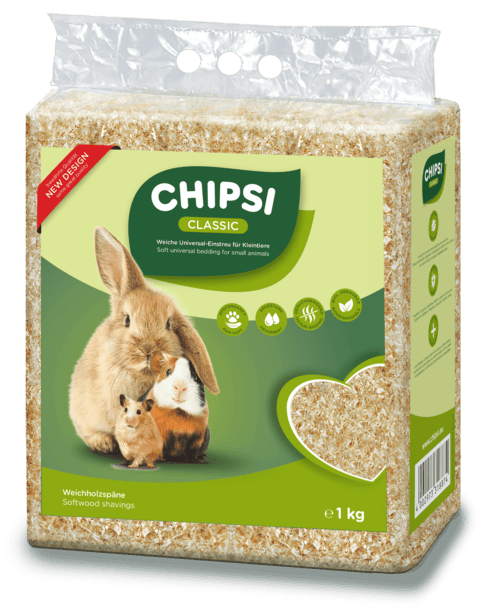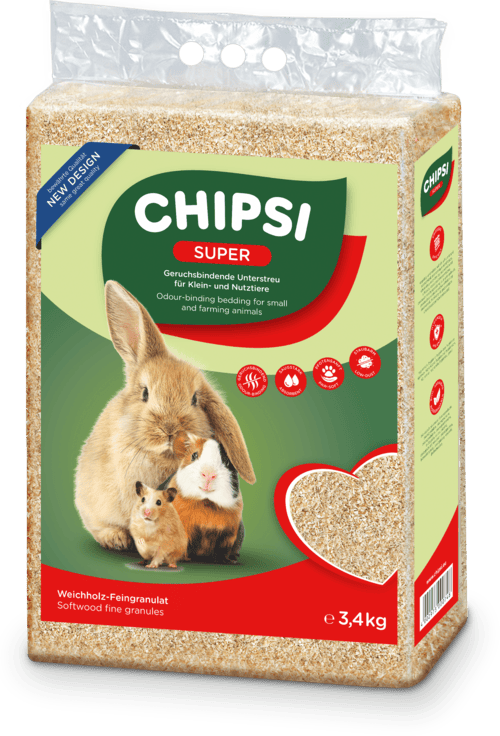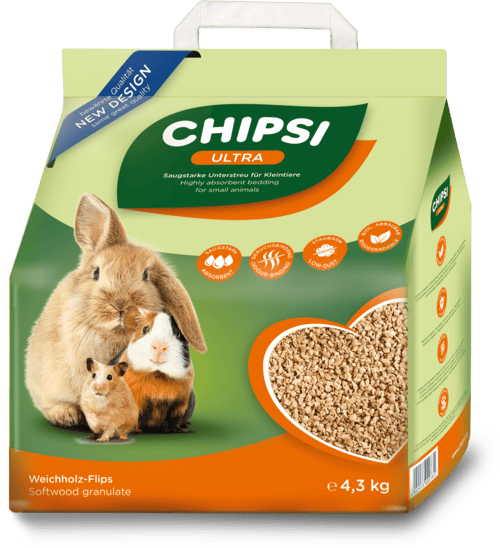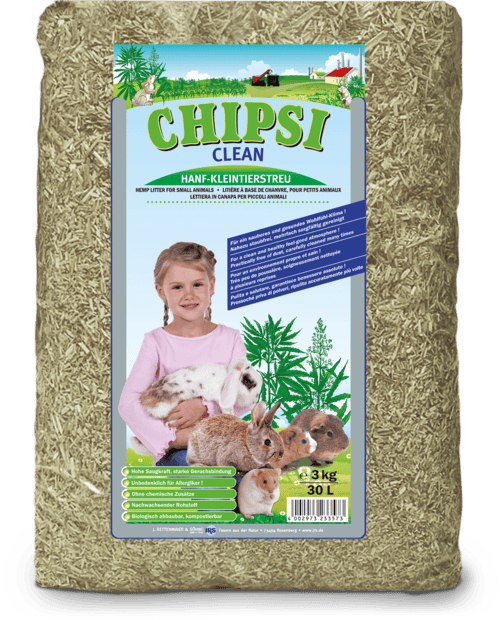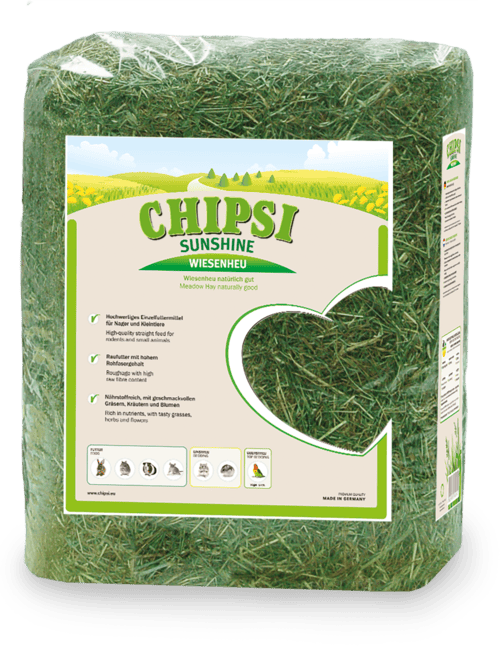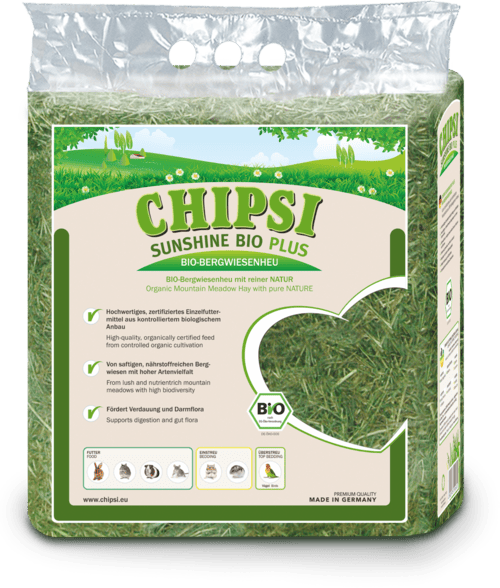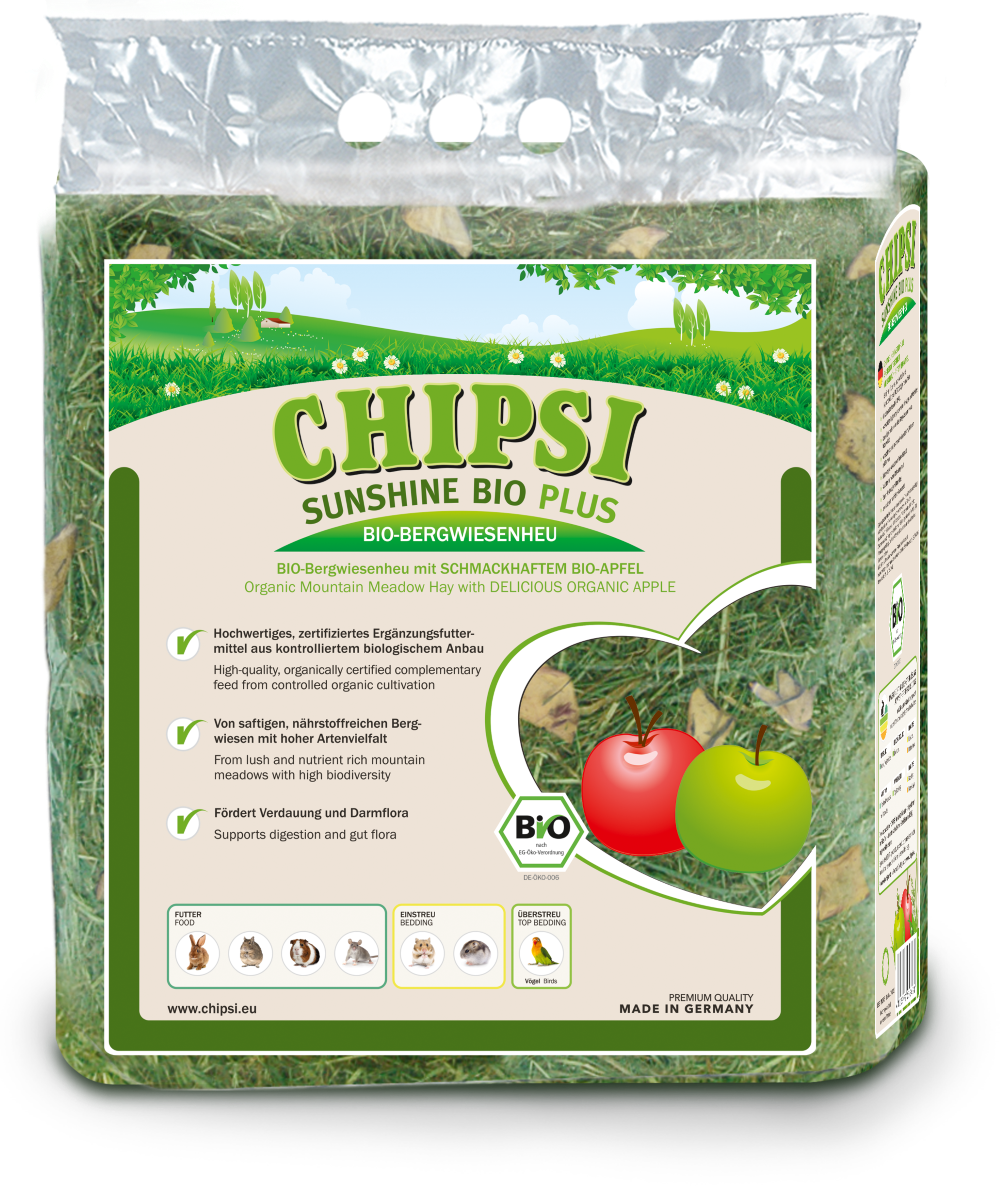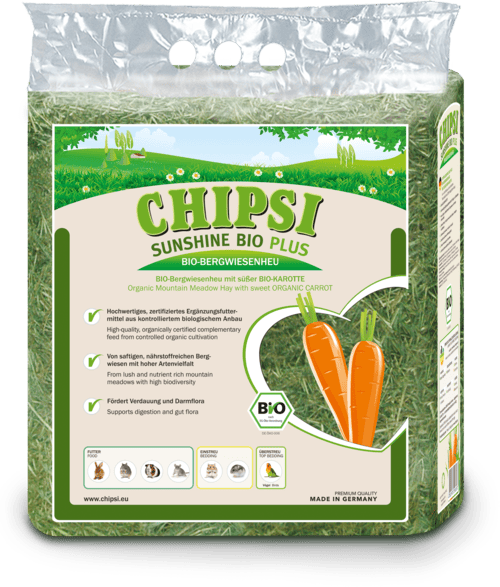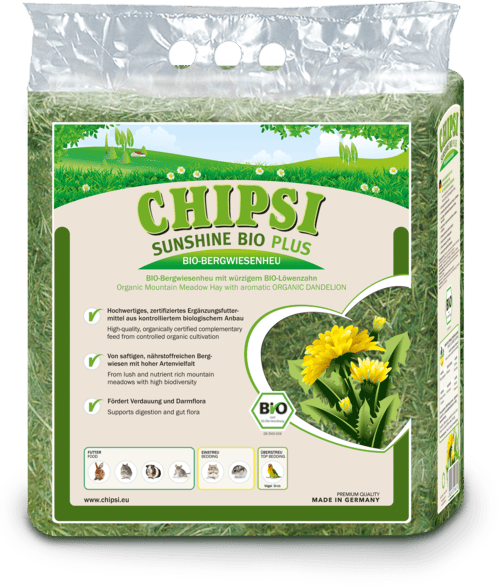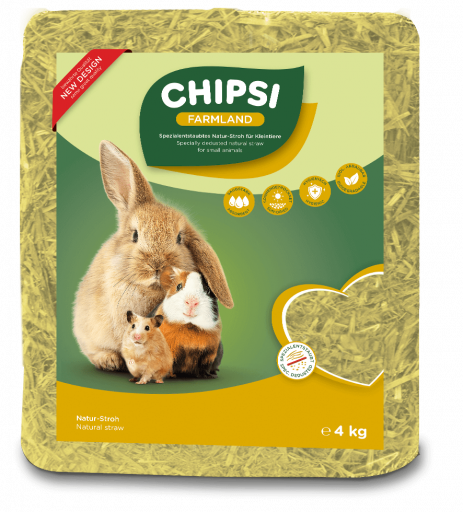Miniature Cattle - Small, compact – and with great social behavior
Species-Appropriate Keeping – How They Thrive
Strong Together
Even small cattle require a clear herd structure. A group with stable relationships – for example, mothers with calves or mixed herds – is ideal. Solitary keeping is prohibited.
Space with Structure
For each animal, stable and pasture areas must be dimensioned according to their needs – depending on size, weight, and horn presence. The air velocity in the stable should not exceed 0.3 m/s in winter and 0.6 m/s in summer.
Retreat and Protection
The stable must be well-ventilated and bedded – with dry, soft lying areas. Outdoor shelters (e.g., hedges, trees, or straw walls) offer protection from sun, wind, and rain. Pasture areas must be securely fenced – without sharp edges or pointed angles.
Easily Accessible Provisions
Water troughs, feeders, or feeding systems should be stable and easily accessible – ideally supplemented by mobile water carts in the pasture.

Cleanliness & Hygiene
🧼 Weekly Change
💦 Fresh Water
Freshness Every Day
Feces and urine areas must be cleaned daily. This maintains a healthy stable climate and ensures the animals’ well-being.
Thorough Cleaning
The bedding should be completely replaced once a week. In cases of intensive use or damp weather, this should occur more frequently.
Clean Water Troughs
Fresh drinking water is mandatory. Only clean water troughs ensure the animals’ health and prevent diseases.

Nutrition
🌾 Hay & Forage
🥛 Supplementary Concentrates
Miniature cattle require a balanced, high-fiber diet. In addition to structured hay, fresh grass is also part of the basic provision for grazing animals. Depending on performance (e.g., milk or breeding), supplementary concentrates may be beneficial. Fresh water must be available at all times.
Forage as a Foundation
Structured hay and fresh grass form the basis. They provide the animals with crude fiber and energy.
Tailored Supplementation
Depending on their use – such as for breeding animals or milk-producing breeds like Dexter – the administration of supplementary concentrates may be beneficial.
Do Not Forget Water
Fresh water must be accessible to the animals at all times. Mobile water troughs or water carts are ideal for pastures.

Activities
👥 Social Bonding
✨ New Stimuli
Enrichment for miniature cattle begins with variety in their daily routine: paddock rotation, structured pastures with different ground surfaces, mobile straw walls, or natural elements like trees promote curiosity and movement – and have a positive effect on animal health.
